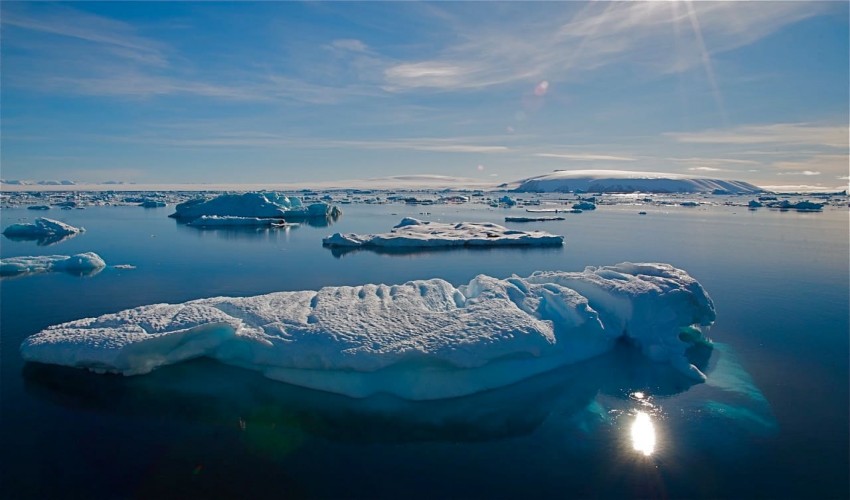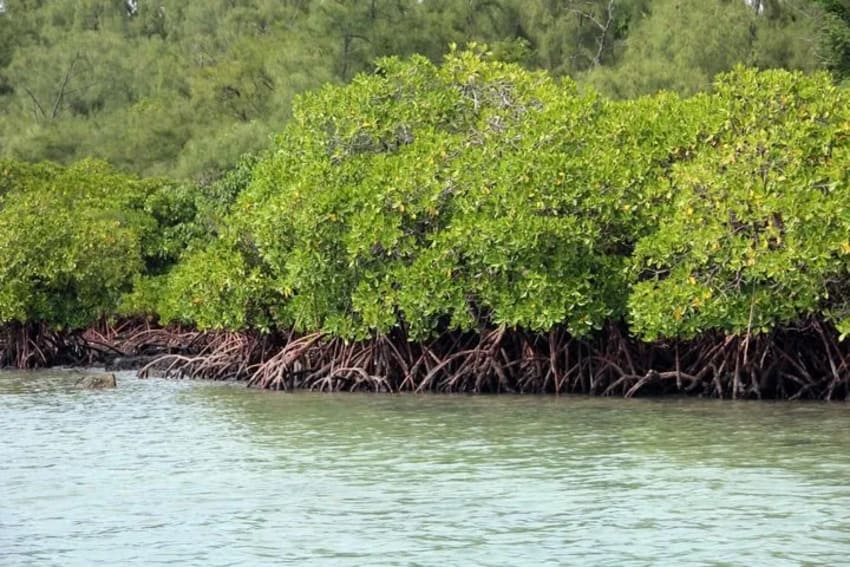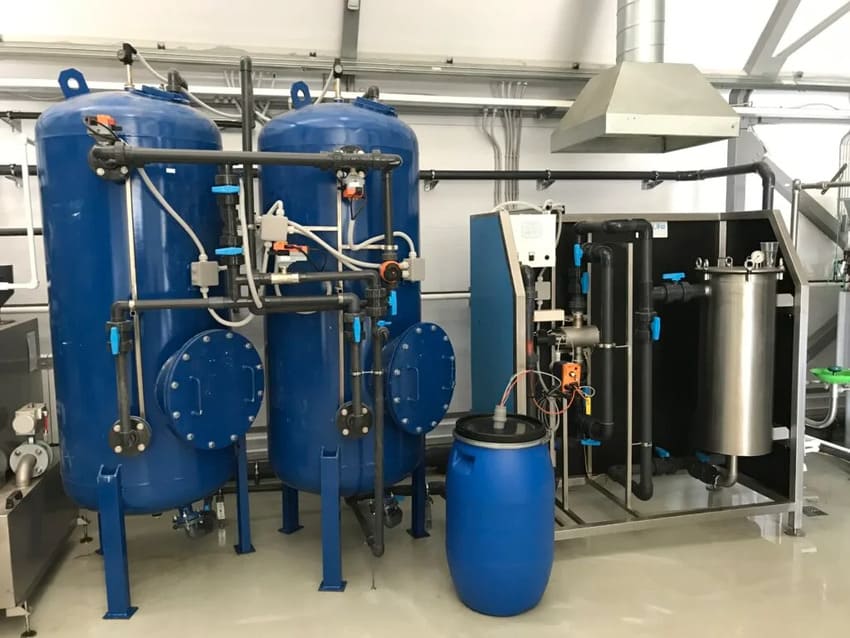Environment Science and technology
10
Antarctic Glaciers Accelerate and Retreat Due to Warm Ocean Waters
- Rating
- Antarctic glaciers
- ice loss
- warm ocean temperatures
- sea ice retreat
- glacier dynamics
- sea level rise
- climate change
Summary :
Multiple Antarctic glaciers are experiencing rapid acceleration and ice loss, driven by warm ocean temperatures causing sea ice retreat. This unprecedented phenomenon underscores the need to consider sea ice in predicting future sea level rise.
Detailed Description:
- Acceleration and Retreat: Several Antarctic glaciers, including Hektoria Glacier, have seen significant acceleration and ice loss, with Hektoria losing 25 kilometers of ice in just 16 months.
- Unusual Trigger: Warm ocean temperatures led to the retreat of sea ice, exposing the coastline to large waves, a rare occurrence in this region.
- Protective Pack Ice: Normally, the Larsen B Embayment is shielded by pack ice, but rising water temperatures caused pack ice to diminish, leaving the area vulnerable to waves.
- Glacial Response: Glaciers accelerated as their floating tongues broke apart into icebergs. Green Glacier lost 18 kilometers of ice, while Crane Glacier lost 11 kilometers.
- Unprecedented Speed: Hektoria Glacier's retreat, losing 25 kilometers, including 10 kilometers of non-floating ice, is faster than any known tidewater glacier retreat.
- Sea Ice's Role: The significance of sea ice in glacier dynamics has been previously overlooked in predicting sea level rise.
- Future Concerns: If Antarctic sea ice continues to shrink, it may lead to prolonged exposure of coastlines to wave action, potentially accelerating glacial retreat, with implications for sea level rise.
Citation
N. Ochwat et al. Triggers of the 2022 Larsen B multi-year landfast sea ice break-out and glacier responses. American Geophysical Union annual meeting, San Francisco, December 11, 2023.
Leave a Reply
Your email address will not be published. Required fields are marked *


